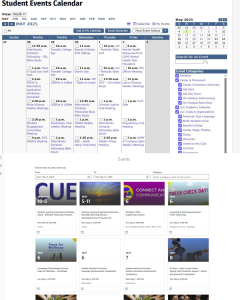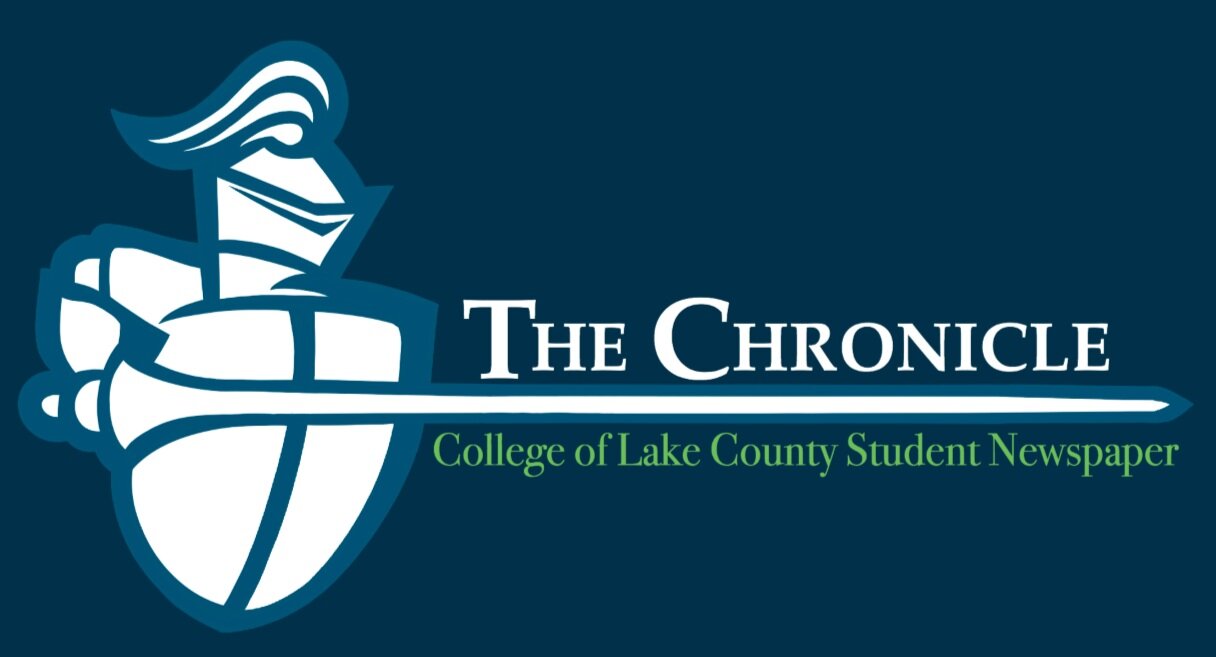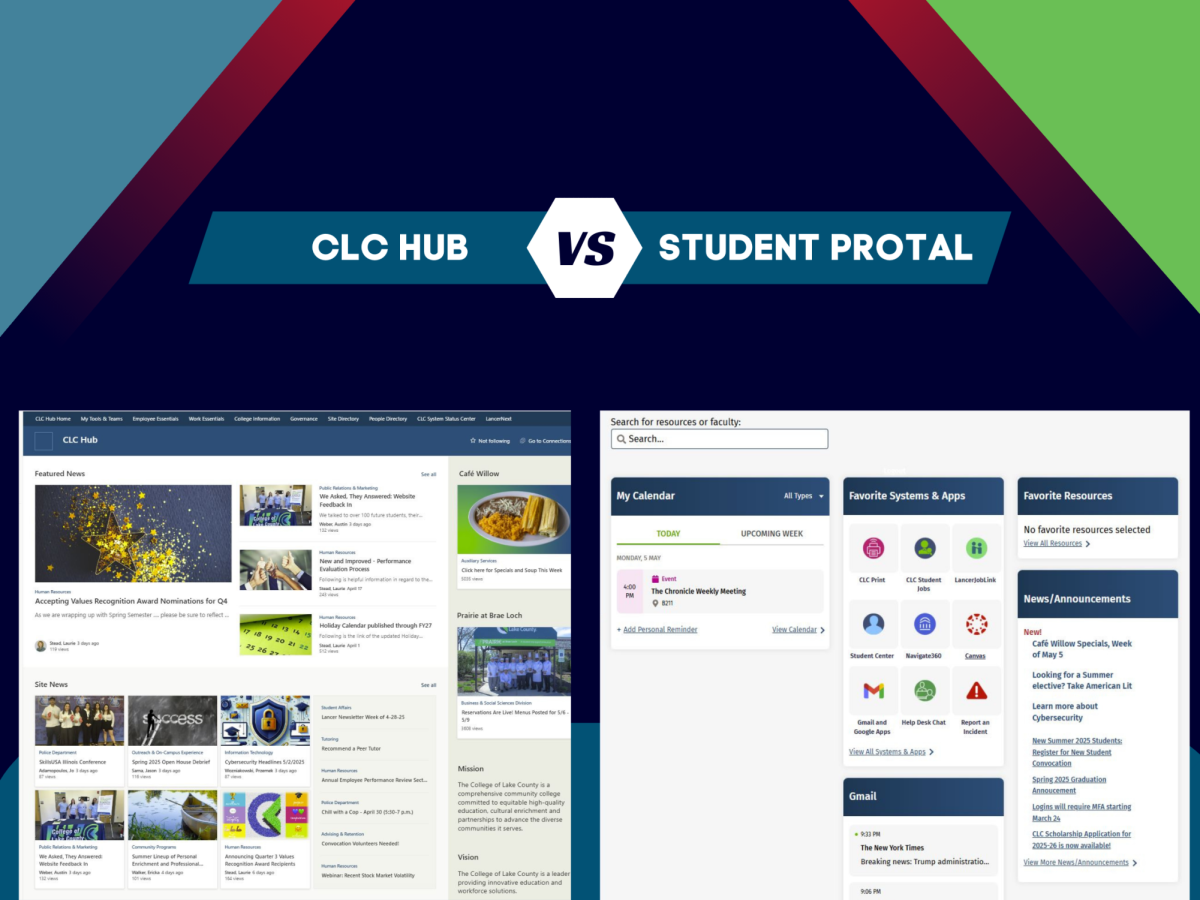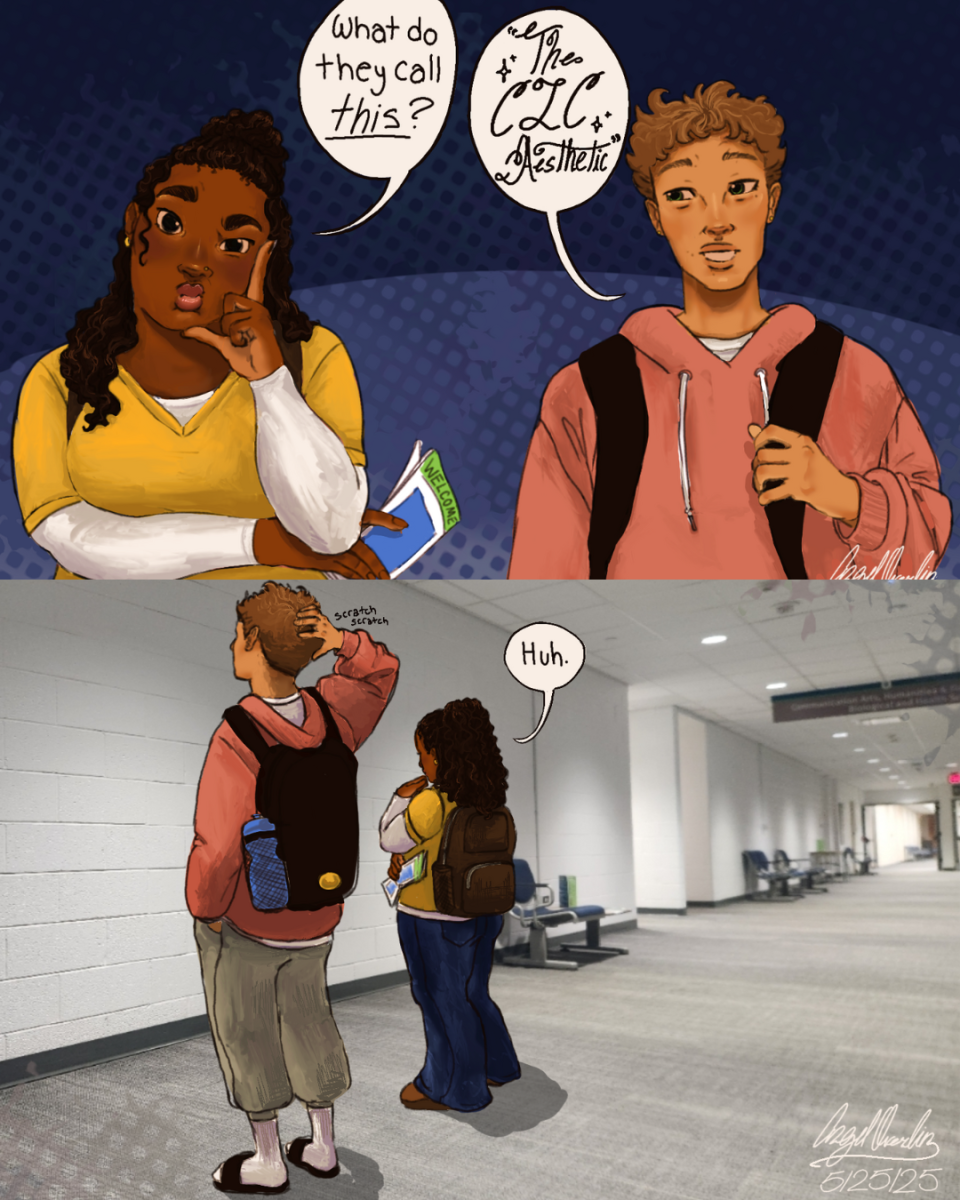At the end of the fall semester of 2023, CLC introduced a website to provide potential students with information on what CLC offers.
The website’s launch was rocky at first with old links directing people to 404 error pages and incomplete information of departments, clubs, organizations and resources. Over the last year since its launch, it has corrected many of the problems.
However, lack of information is still a feature of the website. From speaking to administrators and faculty members, the reason behind this change was because of safety and security concerns.
Limiting public access to information on student events and activities helps mitigate the dangers of outside threats. However, making this change also limits the amount of information that reaches enrolled students.
Instead of the public site, the administration wants students to use their portal to find information about the club events and other resources on campus. However, I believe the Student Portal suffers the same dull lifeless look as the blank walls around campus. This could be fixed if the college offered students something similar to what they call the CLC Hub.
If you’re an average student and not a student worker or a college employee, you have no access to the Hub. Student workers and staff use the Hub to get their information about what’s happening around campus. They also can access their time sheets and other information. For example, they have information on summer working hours, performance evaluations and understanding changes of administrative systems. It makes sense that students aren’t presented with this information since it doesn’t involve them.
However, the Hub also has updates about CLC sports teams, a calendar with images and links that mark current and upcoming events. It even lists lunch specials of the day, right on its home screen. All you have to do is scroll down and you’ll get the information.
The Student Portal offers similar information, but in a less engaging way. While the Hub has images connected to the news/announcements, the Student Portal doesn’t. It’s a column on the right that shows only the headline without an image. In addition, the portal displays fewer events and announcements than what Hub users get. If you click on the ”view more news/announcements” tab, only 12 items are listed.
The lack of news and announcements in the portal is concerning. The women’s basketball team this season made it to the National Junior College Athletic Association (NJCAA) National Tournament for the first time in CLC history, but it wasn’t displayed in the Student Portal. But the Hub had it. Many sports, department, and community events aren’t displayed on the Student Portal, but they are displayed in the Hub. How are students supposed to support other students and engage with the college if they don’t know what’s going on?

CLC HUB (Bottom)
Although the Student Portal calendar shows a lot of the student events and resources, it suffers the same dull look as the rest of the portal. The Hub calendar is located on the homepage where users can scroll down to see it. The Student Portal on the other hand requires users to click on student activities and then on “View Student Events Calendar” where it will lead them to an eyesore of a calendar that pales in comparison to the Hub. Last week there was an event called Chill with a Cop, where officers handed out ice cream to students. The event was intended to form a relationship between students and officers, but because it wasn’t posted on the portal, there was a low turnout. The Hub on the other hand displayed it on both the news and calendar sections with images as icons to click. Better publicity would have meant less melted ice cream.
The differences between the Student Portal and the CLC Hub negatively impact CLC’s student engagement. With limited areas available to distribute promotional material and the lack of information found on the website and the Student Portal, how are students supposed to keep in touch with what’s going on at CLC? Sure, they can click around the portal to find some of the information, but why would they? If you’re not giving them easy access to information like the Hub provides, students aren’t likely to interact with it.
A student equivalent to the Hub would provide engaging content about upcoming events and probably increase attendance. I’ve shown The Hub to a couple of students, and they all agree that it would be great to have something similar to it. Why not take advantage of a good idea like the Hub and create an equivalent for the students?






